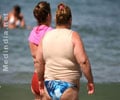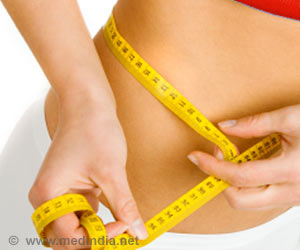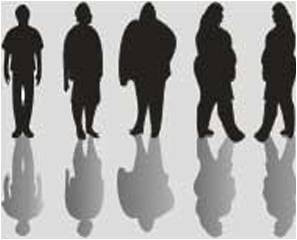With the introduction of non-invasive technologies stubborn fat can now be removed safely and effectively without undergoing liposuction, according to researchers.

"Fat cells are by nature very different than other cells, particularly in how they respond to stimuli such as temperature," said dermatologist Lisa M. Donofrio, MD, FAAD, associate clinical professor, department of dermatology, Yale University School of Medicine, New Haven, Conn.
"Most of the new technologies recently introduced for fat removal were developed based on this knowledge and, as a result, can target specific areas of body fat using energy delivered as either heat or cold."
One of the newest fat reduction technologies is radiofrequency, which delivers energy to the areas of fat by driving controlled heat deep within the fat cells and subsequently destroys them.
While radiofrequency has not yet been approved by the U.S. Food and Drug Administration (FDA) for fat removal, Dr. Donofrio explained that the technology is being widely used by dermatologists with much success for people with pockets of excess fat.
Since there is no downtime with this procedure, patients can resume their regular activities immediately.
Advertisement
Since fat cells are more sensitive to cold temperatures than other skin cells, cryolipolysis freezes the lipids in fat cells, which then slowly dissolve with no trauma or injury to surrounding tissues. For this reason, results are not immediate and fat layer reduction becomes visible gradually over the course of two to six months.
Advertisement
Similar to other non-invasive procedures used for fat reduction, the ultrasound energy penetrates through the skin layers into the targeted fat without harming skin or surrounding tissues.
Dr. Donofrio explained that the difference with ultrasound is that it involves the mechanical destruction of fat cells that dissolve gradually over time rather than destruction by temperature extremes.
"Although ultrasound is not FDA approved yet for fat removal, it could be another option in the future for people who want to target specific areas of fat without surgery," said Dr. Donofrio.
However, Dr. Donofrio insisted that since radiofrequency, cryolipolysis and ultrasound are external devices, they only affect the surface of the fat layer and require multiple treatment sessions (typically four sessions) to produce the best results.
These non-invasive procedures are not meant to replace tumescent liposuction for fat removal. Tumescent liposuction is a controlled, precise procedure, whereas the external devices require a "wait-and-see" approach in which the dermatologist will evaluate how the fat is responding.
"While these new, non-invasive technologies are good, they are simply not as effective in removing fat as an invasive procedure like liposuction," Dr. Donofrio added.
Source-ANI













